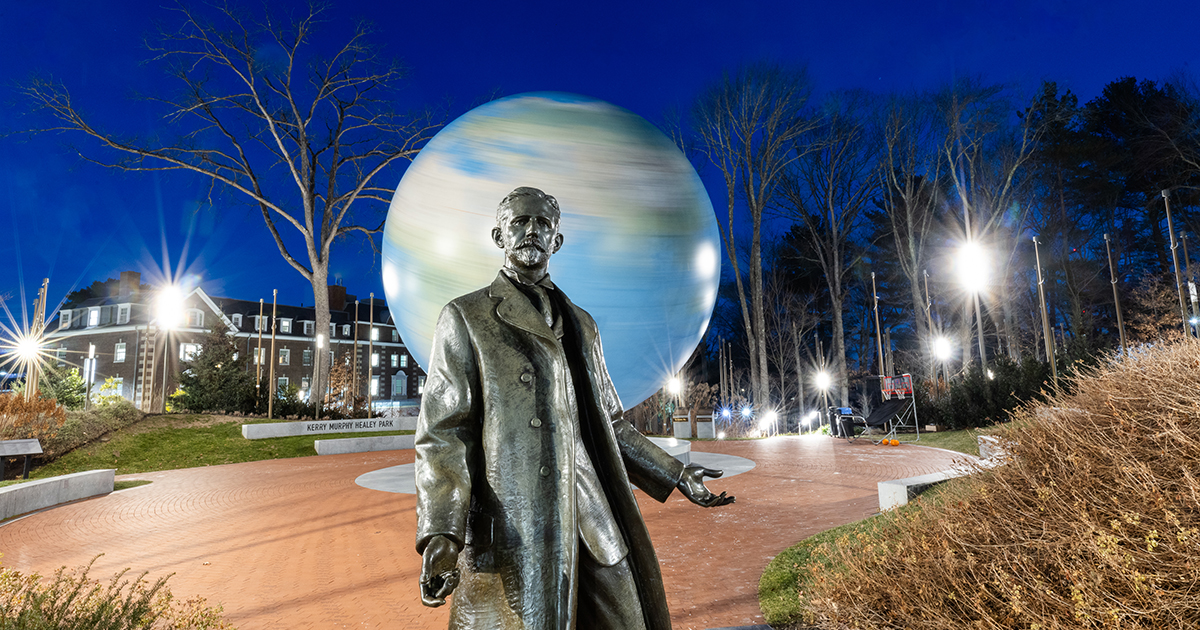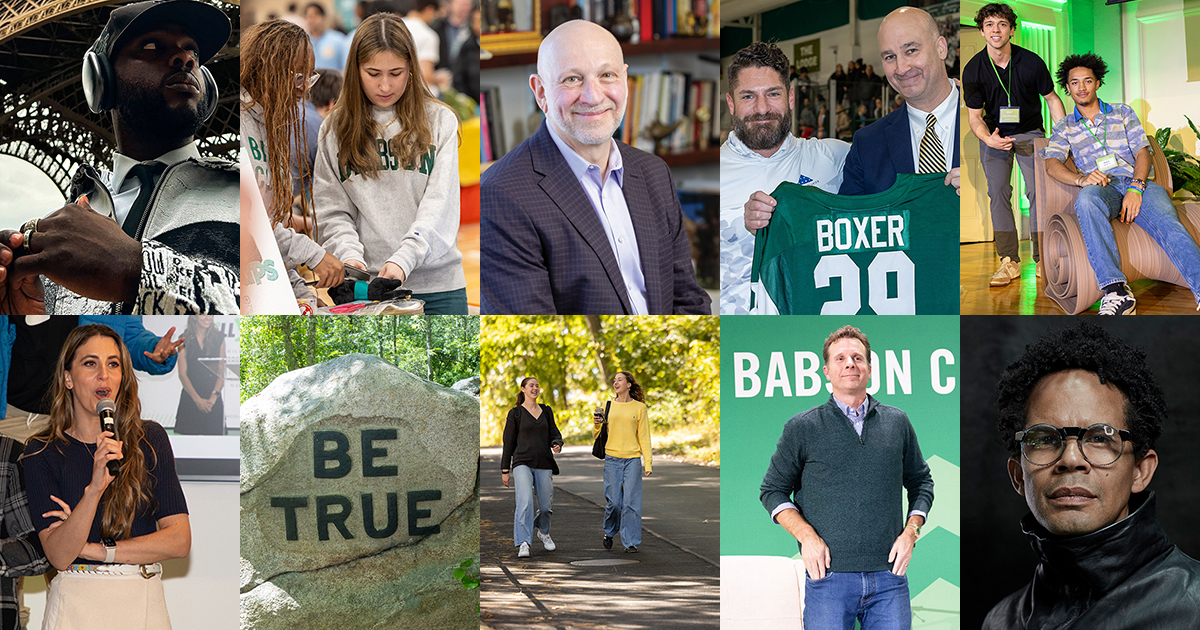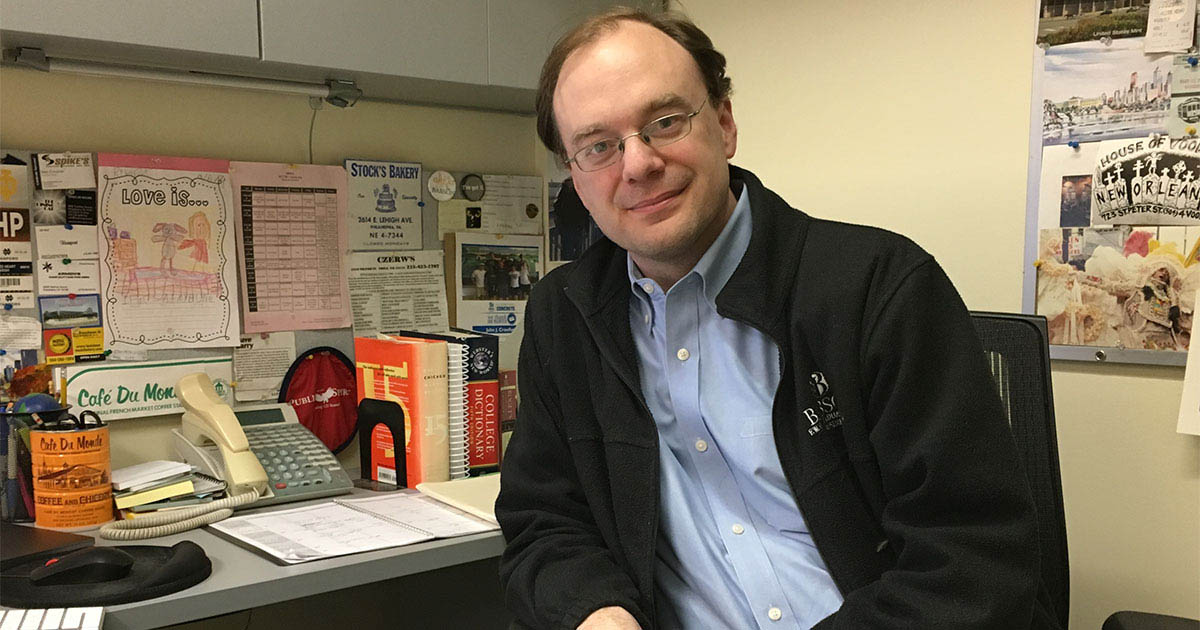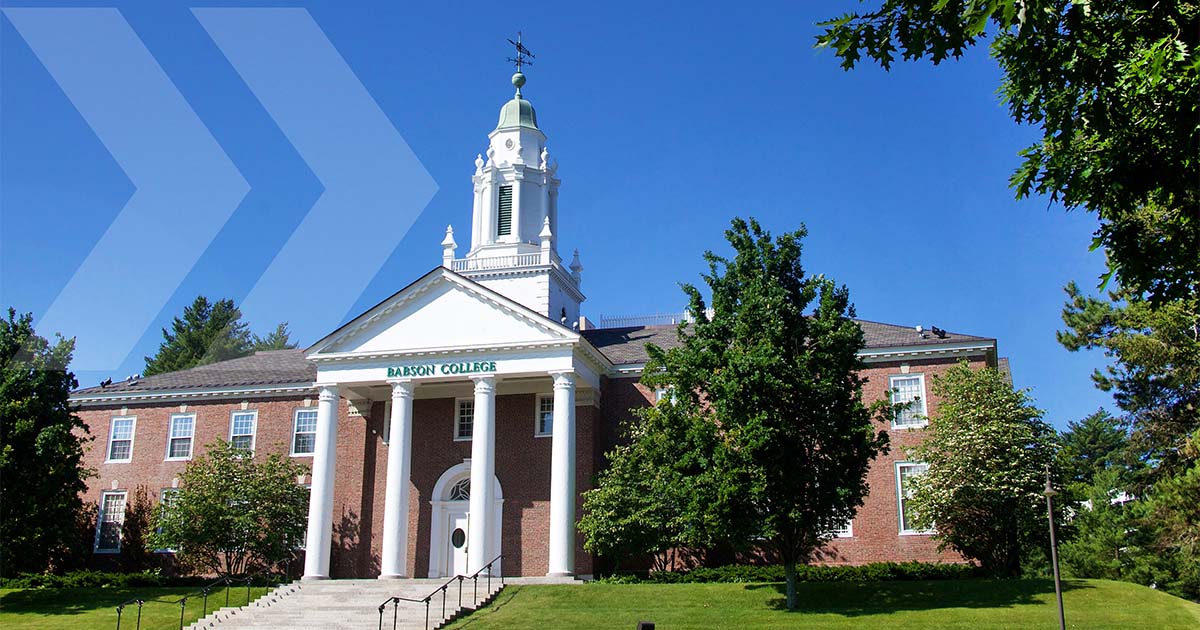Her Pitch? Teaching Entrepreneurship to Middle Schoolers in East Harlem
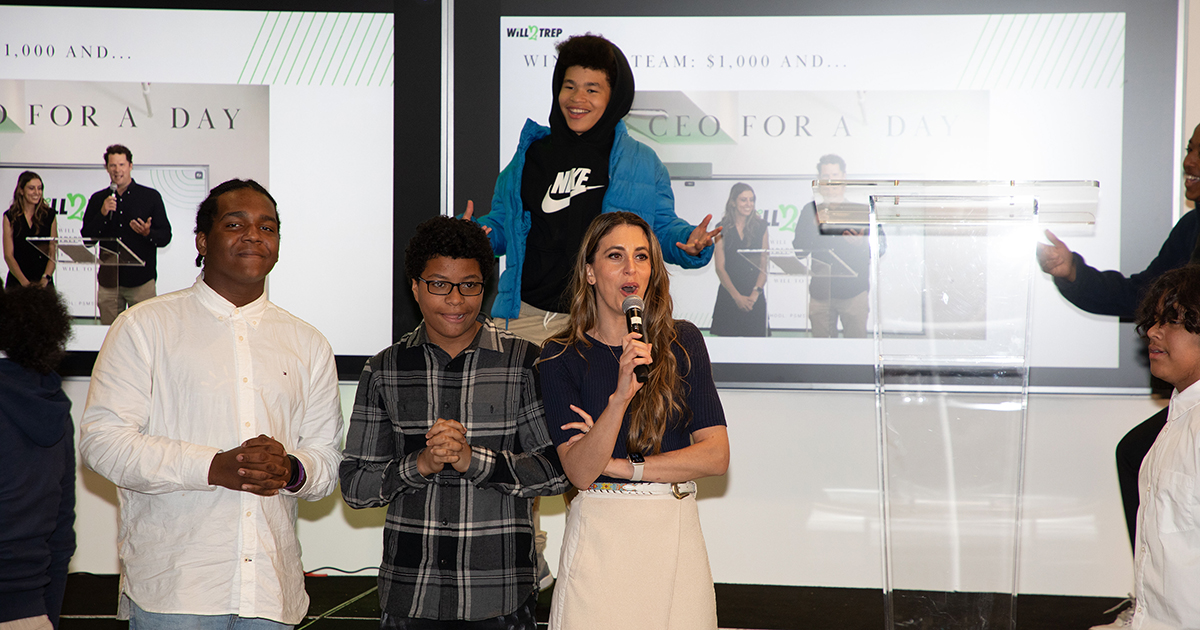
Lauren Hammarstedt ’10 is still basking in the memory of a recent pitch competition, the finale of a nonprofit program she created that brings Babson College-style entrepreneurship education to middle schoolers in East Harlem, New York.
One of the contestants, a seventh-grade student, had just witnessed his peers present months of entrepreneurial work to a panel of real investors. The competition was technically over. Snacks were out, judges were mingling, and high fives were flying. Then, he grabbed a microphone and spoke.
“Even if you didn’t win today,” he told the room, “we all won by having this incredible experience—by being brave enough to learn what entrepreneurship is like.” His teacher’s eyes welled up with tears. So did Hammarstedt’s.
“For me, that moment captured everything,” Hammarstedt recalls. “This is why I do what I do.”
Hammarstedt’s program, Will 2 Trep, delivers a curriculum of biweekly, hands-on lessons in which students form teams, develop ideas, conduct competitive research, and ultimately pitch their businesses at a Rocket Pitch-style competition—complete with real investors as judges.
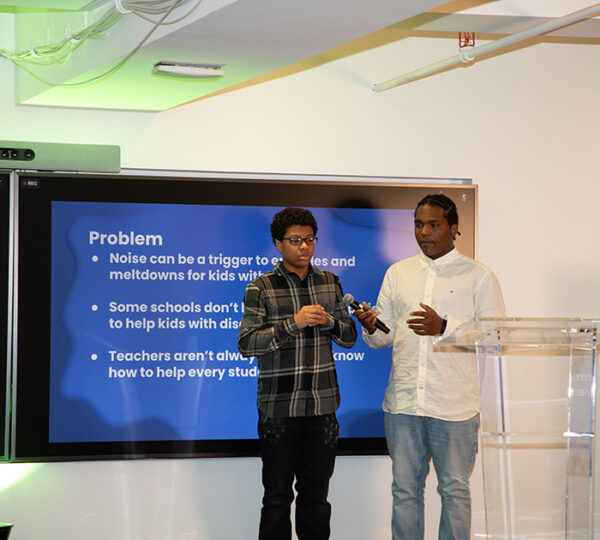
“Will 2 Trep stands for the will to be an entrepreneur,” Hammarstedt says. It is also a reference to the program’s origins more than two years ago when Hammarstedt gave entrepreneurship lessons to her nanny’s two sons, Willie and Wilbert.
Drawing on her experiences as both a business leader and educator, Hammarstedt created the initiative to bring real-world entrepreneurial thinking into underserved public schools—starting with East Harlem.
“Entrepreneurship gives kids a new lens through which to see their own strengths,” Hammarstedt says. “They already have grit. They already know how to be resourceful. What they need is exposure to the tools and language that can help them build something of their own.”
A Babson Spark
At the heart of Will 2 Trep is a set of lessons modeled after longtime entrepreneurship professor Len Green’s course, The Ultimate Entrepreneurial Challenge. Green’s class was where Hammarstedt first discovered the power of entrepreneurial problem-solving—and where she first saw the value of bringing those tools to younger students.
“Len was the first person who challenged me to think and lead outside my comfort zone,” Hammarstedt recalls. “I transferred into Babson mid-year, and I walked into this class where everyone already had teams. So, I ended up leading a group made up of students who didn’t usually show up. Len basically said, ‘Great, they’re your team—good luck.’ And I thought, ‘OK, game on.’ ”
Instead of giving up, Hammarstedt leaned into her passion for teaching and nonprofit work. She brought each of Green’s weekly challenges—such as convincing businesses to donate food or developing creative marketing pitches—into a local Boston middle school classroom. There, fifth-graders helped her brainstorm ideas for her Babson homework, often outpacing the creativity of her college classmates.
“Entrepreneurship gives kids a new lens through which to see their own strengths. They already have grit. They already know how to be resourceful. What they need is exposure to the tools and language that can help them build something of their own.”
Lauren Hammarstedt ’10, founder of Will 2 Trep
“I realized that younger students were naturally entrepreneurial,” she says. “They weren’t afraid of being wrong. They didn’t care if their ideas sounded wild. They just dove in.”
Years later, Green remains an advisor. An early supporter of Will 2 Trep, Green helped Hammarstedt shape the program’s foundation and even connected her to the East Harlem school where it first launched. He also shared elements from his playbook—including case studies such as the “free pizza challenge” and visual prompts such as “enhance this mug”—that now form the core of the Will 2 Trep curriculum.
Green’s influence also was philosophical. “He always said, ‘Don’t scale too fast. Nail it before you scale it.’ That advice has kept me focused on delivering real impact before trying to grow the program too quickly,” Hammarstedt says.
From Prototype to Purpose
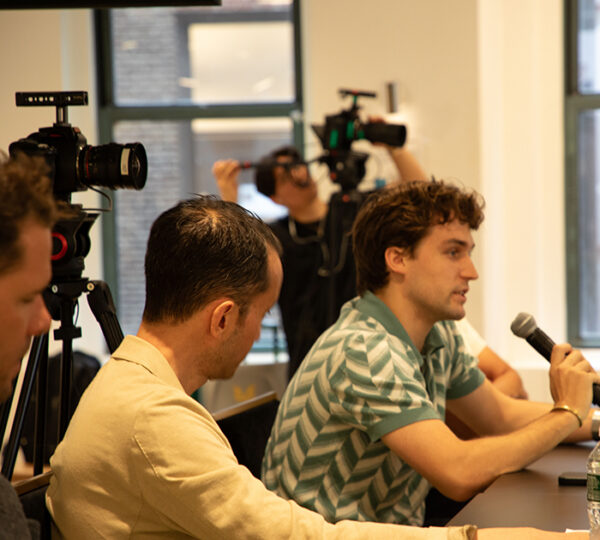
What began as a way to mentor two high schoolers in her nanny’s family has since evolved into a fully-fledged nonprofit. Hammarstedt wrote the curriculum, secured 501(c)(3) status, recruited tech-savvy friends to build a website and logo, and started cold-emailing schools and principals. The program was quickly embraced at the public school in East Harlem, where the principal even made it a required class for seventh-graders.
Every semester ends with a pitch competition where students present polished business ideas. One standout student, Joel, initially struggled to articulate a clear concept—until he surprised everyone with a winning pitch for sensory headphones designed to support neurodivergent students.
His idea, Reverence of Sound, included not just the product but also a full business plan, target market analysis, and a story that moved the judges to tears.
“Seeing a seventh-grader confidently deliver a business pitch in English—sometimes for the first time—shows the transformational power of entrepreneurship education,” Hammarstedt says.
Scaling the Vision
Despite running three product teams at a tech startup and parenting two small children, Hammarstedt continues to teach every other Thursday morning during the school year. Each class is powered by real-world case studies, tools such as Canva, and guest entrepreneurs from her professional network. For now, she’s focused on refining the curriculum and training partner teachers who can deliver the lessons with the same energy and intent.
“I want this to stay personal. Every child has a story, and every pitch is a glimpse into what they care about—crime, mentorship, sensory needs, inequality,” she says. “Entrepreneurship gives them a voice. And thanks to mentors like Len Green, we’re giving them a platform to use it.”
Posted in Community, Entrepreneurial Leadership

